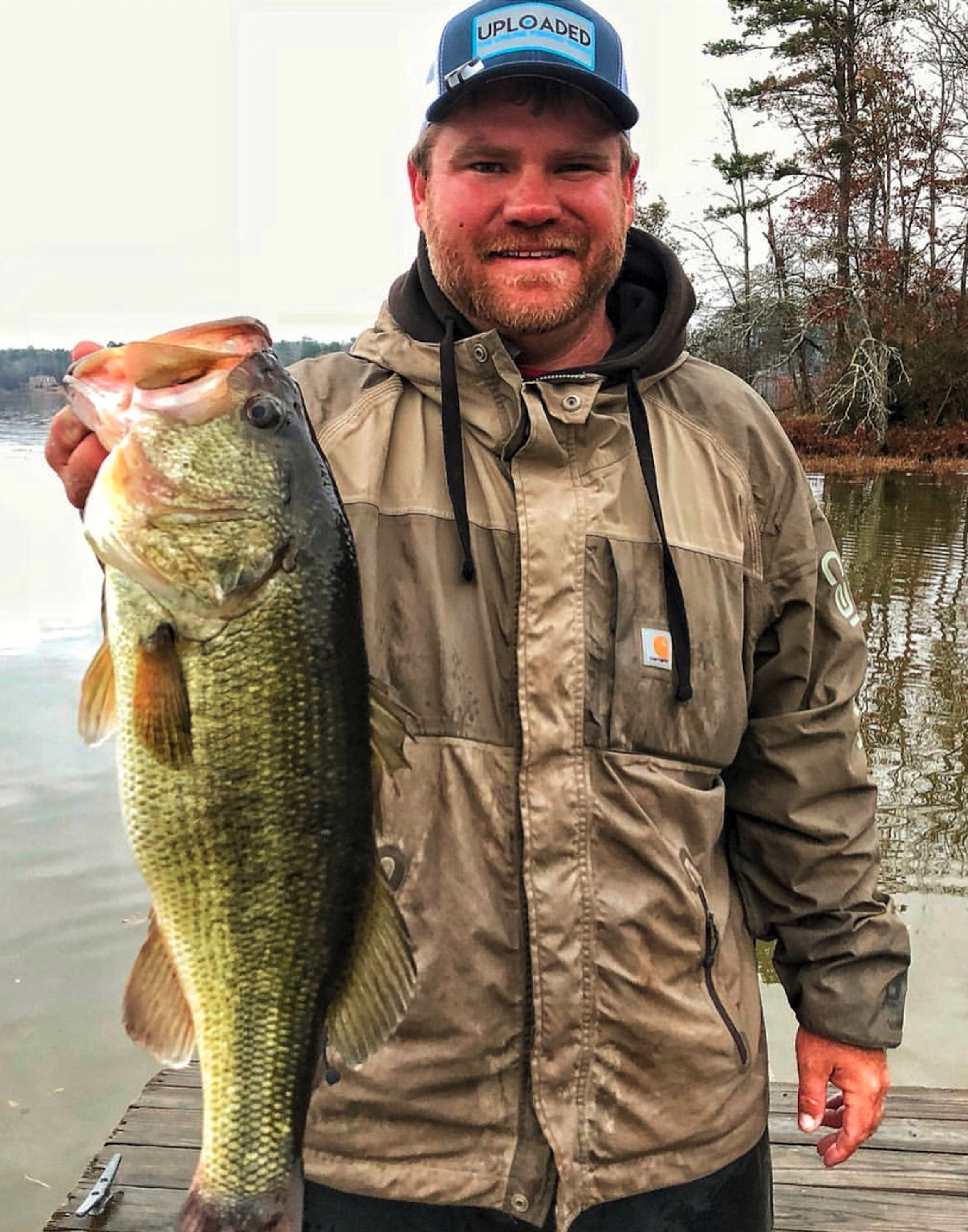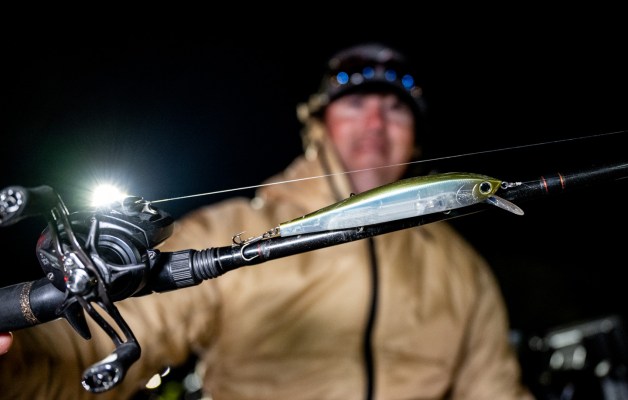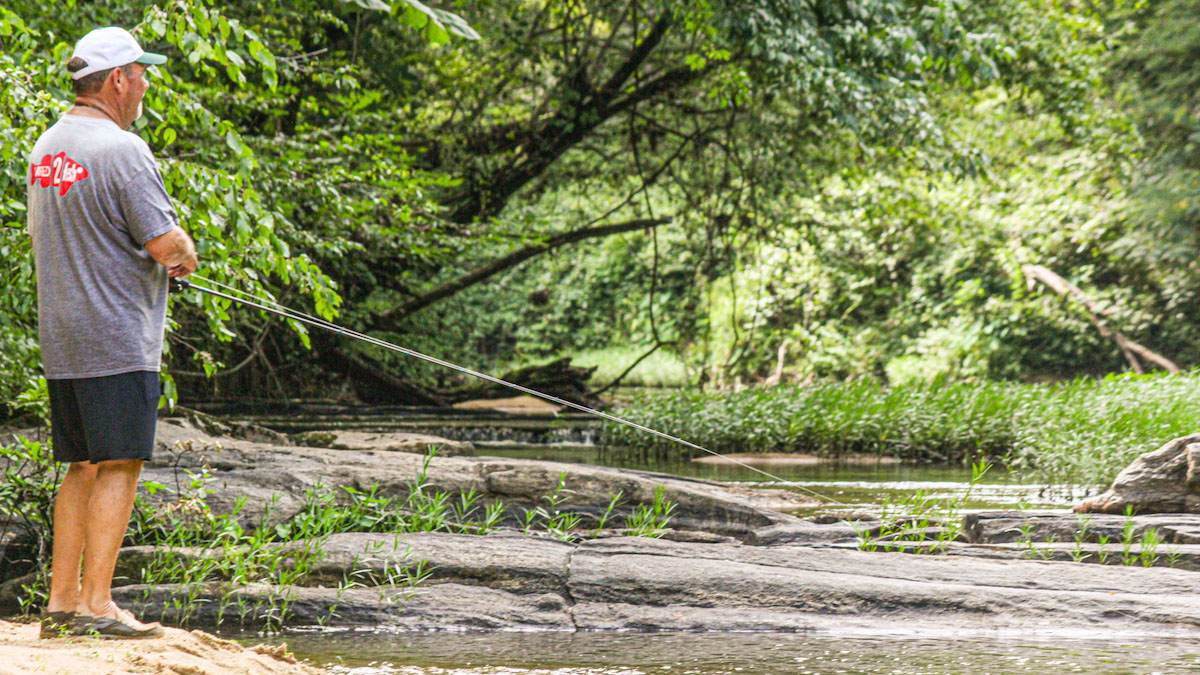
Versatility is critical when it comes to effectively fishing from the bank. The same way it’s important to have a little bit of everything in your tacklebox, you’ll want to make sure you have a rod-and-reel combo you can do a little bit of everything with too.
A good old Zebco is hard to beat if you’re just getting started. But if you’ve been fishing for a while and are looking to step things up, these two options are great all-around combos to have.
Spinning combo
If you’re looking to graduate from a closed face reel like a Zebco, the next natural step is a spinning reel. Spinning reels are a great deal easier to use than baitcasters, which we’ll talk about next, but they are also able to cast farther than most closed-face reels. And, they typically have better drag systems. These are characteristics that you’ll need in a reel as you start to target more and bigger fish on a regular basis.
You can spend as much as you want on a spinning reel, but there are plenty of good options out there for under $100 if this is your first one. The 3000 size reels are the most versatile for bass fishing, and they are typically identifiable by some designation like 3.0, 30 or 3000 in the model number.
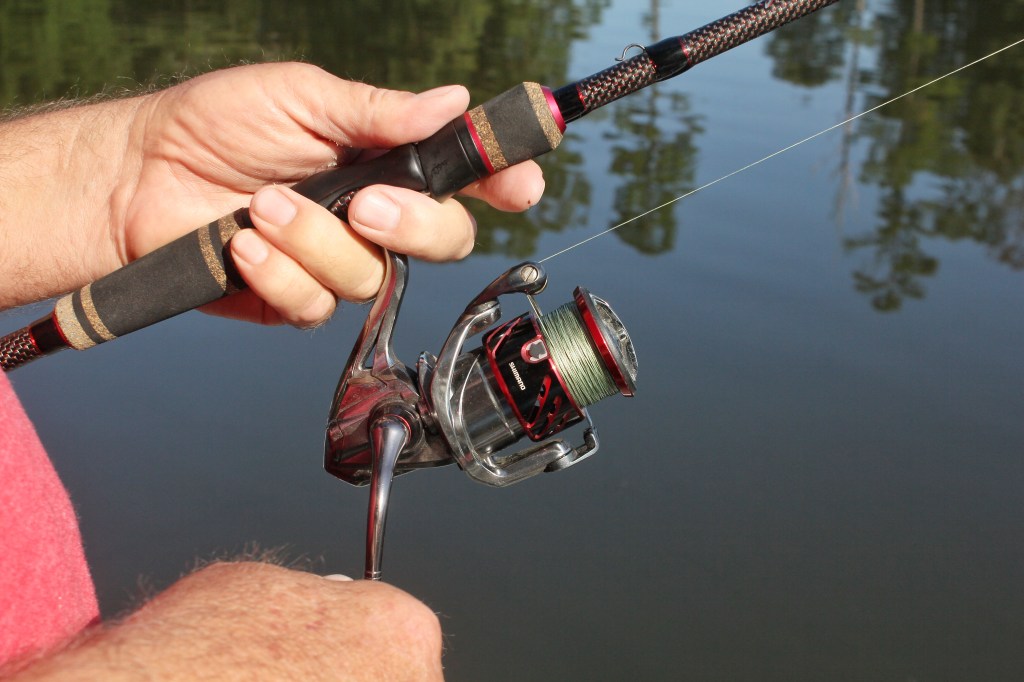
Pairing a decent spinning reel with a medium action spinning rod at or below the 7-foot mark will give you the best all-around spinning combo to use with a wide variety of applications. In addition, the line that you put on your reel will also determine what you can do with it.
The best bet is to spool your reel with braided line, which will help combat the adverse effects of line twists. Line twists develop and cause all sorts of problems on spinning reels spooled with fluorocarbon or monofilament line. Braided line will also allow you to make longer casts. By adding a short fluorocarbon leader in the 4- to 6-foot range to the end of your line, you can make a presentation a little stealthier if needed.
Baitcast combo
There’s nothing wrong with sticking to a spinning rod combo, but if you’re up for the challenge, adding a baitcasting setup to your arsenal will greatly increase your capabilities. Larger lures and baits that need to stay on the move, like spinnerbaits, buzzbaits and lipless crankbaits, will typically be a little easier to fish on a baitcaster. Most spinning reels have a fairly slow gear ratio, meaning that each turn of the handle generates only a few rotations of the spool.
Baitcasting reels typically have a wider range of gear ratios. A 7:1 gear ratio is the best for doing the most. With this one reel, you can drag a Texas rig and also burn a spinnerbait. Pairing a reel like this with a 7-0 medium-heavy rod really completes a versatile combination. With this one setup, you can do 90% of what all bass anglers do.
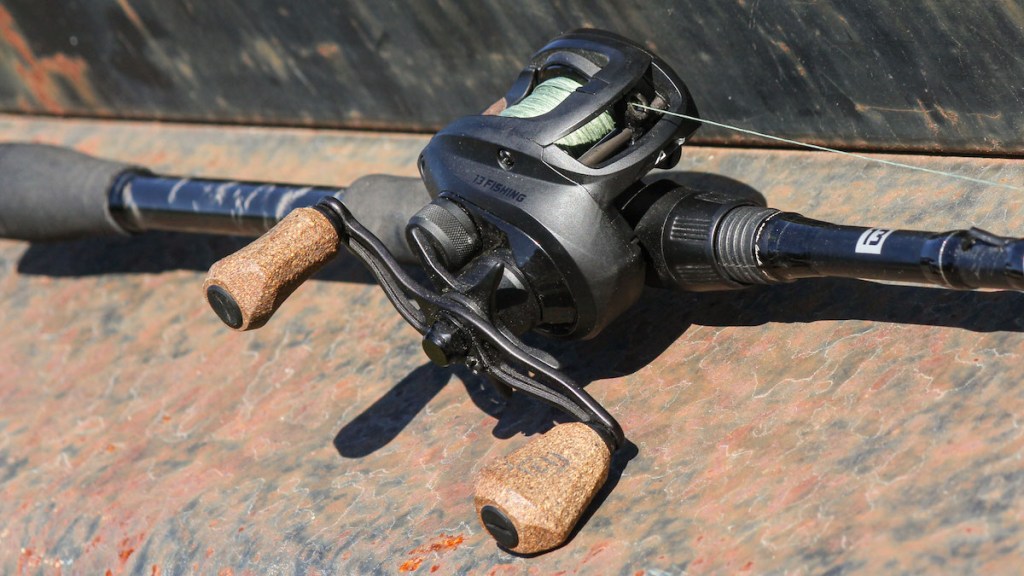
As is the case with spinning reels, line selection is again a big part of completing your baitcasting combo. There are advantages and disadvantages to using fluorocarbon, monofilament and braided lines. Again, w looking for the most versatile option, you’ll likely land around 15-pound fluorocarbon.
Fluorocarbon has less stretch than monofilament, and it’s much less noticeable in the water compared to braided line. So it’s the best option for the most presentations. One thing to note however, is that fluorocarbon sinks. So if you’re going to be fishing a lot of topwater baits, you may want to go with monofilament or braided line, both of which float.
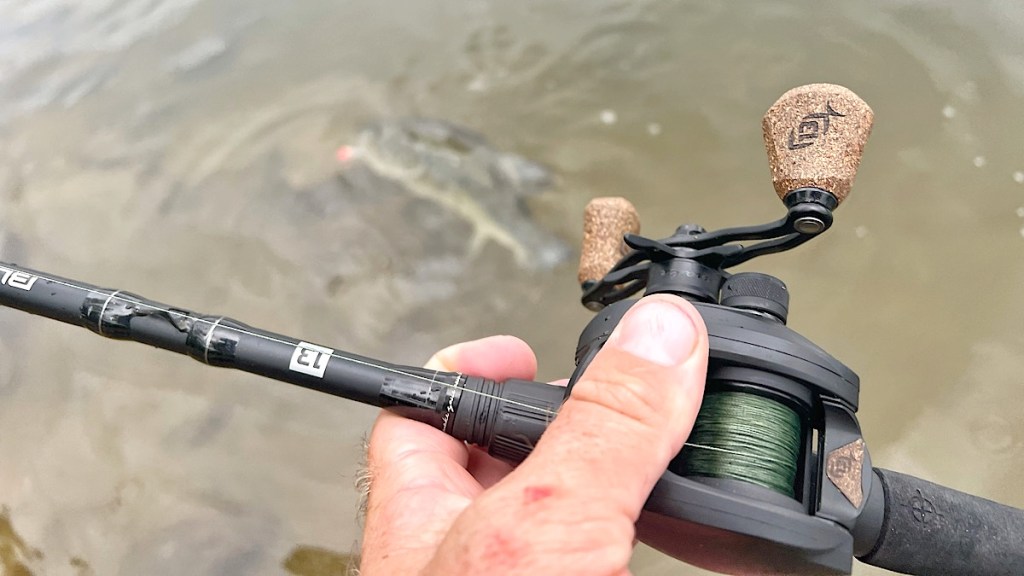
If you’re fishing from the bank, these two combos can open up a whole new world of possibilities to you. Spinning combos are a little easier to get the hang of, while baitcasters offer more strength and capability. Undoubtedly, adding one of these two combos if not both to your rotation will help you become a better angler.

